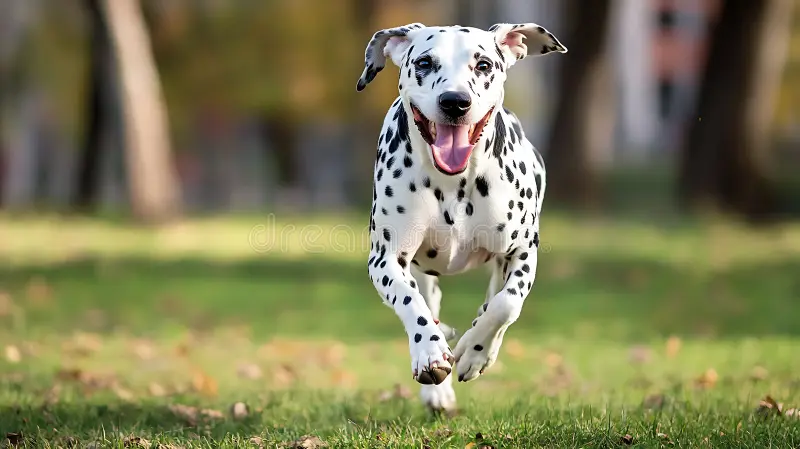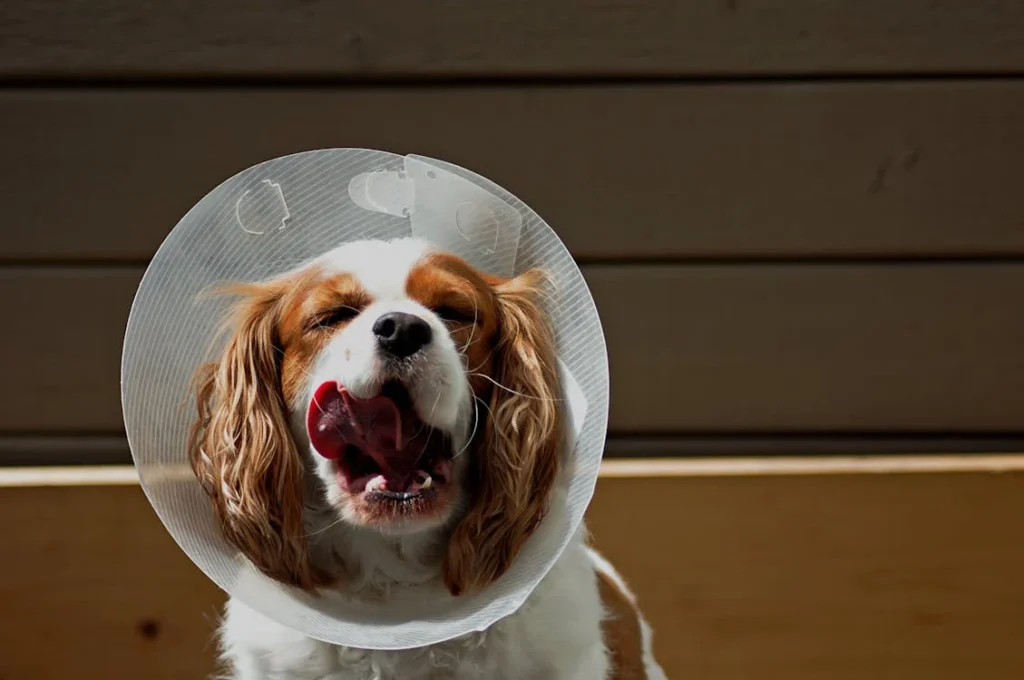Dogs are some of the most loyal, loving companions we can have. But just like us, they need mental and physical stimulation to stay happy and healthy. When dogs don’t get enough activity or engagement, boredom can creep in—and it can lead to a range of frustrating or even harmful behaviors.
But how do you know if your dog is bored? Some signs are obvious, but others can be subtle or easily confused with other issues. At Pethousetop1, we’re here to help you spot the clues you might be missing—and more importantly, what you can do to keep your dog happy, busy, and fulfilled.

Why Is Dog Boredom a Big Deal?
Boredom in dogs doesn’t just mean they’re feeling “a little restless.” It can lead to serious problems:
- Destructive behavior: chewing furniture, digging, or scratching.
- Excessive barking or whining: trying to get attention.
- Weight gain: eating out of boredom instead of hunger.
- Anxiety and depression: prolonged mental under-stimulation can cause stress.
- Increased hyperactivity: dogs that can’t burn off energy may act frantic.
Recognizing boredom early lets you fix it before it affects your dog’s wellbeing or your home environment.
Sign #1: Destructive Behavior — Chewing, Digging & More
One of the most obvious signs of boredom is destructive behavior. If your once well-behaved pup starts chewing on your shoes, ripping cushions, or digging holes in the yard, boredom might be the culprit.
Why Dogs Destroy Things When Bored
Dogs naturally explore the world with their mouths and paws. When under-stimulated, they may resort to destructive behaviors as a way to entertain themselves or release pent-up energy.
This is especially true for young dogs or certain breeds with high energy and strong chewing instincts, such as retrievers, terriers, and herding dogs.
Differentiating Boredom from Anxiety
While boredom is often the cause, some dogs chew or dig due to anxiety or stress. Boredom-related destruction tends to happen when the dog is alone or not supervised and is usually intermittent. Anxiety chewing or digging is often persistent and paired with other anxiety signs like pacing, trembling, or excessive licking.
What You Can Do
- Provide safe chew toys: Rotate toys to keep your dog interested.
- Offer puzzle feeders: Engage your dog’s brain during meal times.
- Create a ‘digging zone’: Train your dog to dig in a designated spot.
- Increase exercise and training sessions: A tired dog is a well-behaved dog.
- Crate training: Can help manage destructive behavior when unsupervised but shouldn’t be overused.

Sign #2: Excessive Barking or Vocalizing
Is your dog barking at seemingly nothing or whining excessively? This can be a clear signal your dog is bored and looking for attention or stimulation.
Why Do Bored Dogs Bark?
Dogs bark or vocalize for many reasons: fear, excitement, alerting you, or asking for something. When bored, dogs may bark simply to fill the silence or get you to interact with them.
This kind of vocalizing can quickly become a habit and may even annoy neighbors or household members.
How to Calm Excessive Barking
- Provide enriching toys: Kongs, treat balls, or puzzle toys that keep your dog busy.
- Teach the “quiet” command: Reward silence with treats or praise.
- Increase physical exercise: A tired dog barks less.
- Use background noise: A radio or TV can reduce boredom-caused barking.

Sign #3: Hyperactivity or Restlessness — The “Zoomies” Never End?
Does your dog seem to bounce around nonstop? Running from one room to another, unable to settle?
While bursts of energy, or “zoomies,” are normal, constant hyperactivity or restlessness can be a sign of boredom.
What Causes Restlessness?
Without enough physical or mental stimulation, dogs have excess energy that needs an outlet. Hyperactivity can also be a coping mechanism for frustration.
Tips to Reduce Restlessness
- Regular exercise: Walks, runs, play sessions.
- Mental stimulation: Training, obedience games, scent work.
- Calm downtime: Teach your dog to relax on a mat or bed with chew toys.
- Consistency: Set daily routines to help your dog feel secure and know what to expect.

Sign #4: Overeating or Begging for Food
Have you noticed your dog constantly begging for snacks or eating more than usual? Boredom sometimes manifests through food-seeking behavior.
Why Bored Dogs Eat More
When dogs are bored, they might eat as a way to occupy themselves or out of stress. This can lead to weight gain, which causes health issues.
How to Manage Food-Related Boredom
- Use food puzzles: This slows down eating and keeps dogs engaged.
- Scheduled feeding times: Avoid free feeding to prevent overeating.
- Low-calorie treats: Use veggies like carrots or green beans for rewards.
- Distract with play: Redirect attention from food to fun activities.

Sign #5: Attention-Seeking Behaviors
Pawing at you, nudging, jumping up, or constantly following you around can all be signs your dog is bored and wants engagement.
Why Dogs Seek Attention
Dogs are social animals who crave interaction. If their needs aren’t met through play or walks, they may resort to annoying or clingy behaviors.
How to Balance Attention and Independence
- Teach “place” or “stay” commands: Encourage calmness.
- Set petting schedules: Give affection on your terms.
- Ignore unwanted behavior: Don’t reward attention-seeking by giving it.
- Increase engagement: Interactive games, training sessions.

Sign #6: Digging Indoors or in the Yard
Digging is a natural dog behavior, but when it’s excessive or misplaced, it can be a sign of boredom.
Understanding Digging
Dogs dig to explore, hunt, or create cool spots. But bored dogs dig simply to entertain themselves.
How to Manage and Redirect Digging
- Designate a digging area: Let your dog dig where it’s allowed.
- Supervise outdoor time: Interrupt unwanted digging.
- Increase physical and mental exercise: Less boredom = less digging.
- Yard enrichment: Hide toys or treats for your dog to find.

Sign #7: Over-Grooming or Self-Mutilation
Excessive licking, chewing, or biting at themselves can be caused by boredom, stress, or anxiety.
Why Do Dogs Over-Groom When Bored?
Grooming releases endorphins and can be a calming activity. However, when done obsessively, it can cause hot spots, hair loss, and infections.
How to Address Over-Grooming
- Rule out medical causes: Allergies or skin conditions require vet diagnosis.
- Provide enrichment: Chew toys, training, scent games.
- Use protective gear: E-collars or boots to prevent damage.
- Increase exercise and mental activities.

Preventing Dog Boredom: Daily Enrichment Tips
Combine Physical and Mental Exercise
A daily walk alone isn’t always enough. Mix in training, playtime, and new experiences to keep your dog’s brain busy.
Keep a Routine
Dogs thrive on consistency. Feed, walk, and play at similar times to create predictability.
Rotate Toys
Introduce new toys regularly, and rotate old favorites to keep your dog interested.
Socialization
Arrange playdates or trips to dog parks, if your dog enjoys other dogs.
Training Sessions
Short, fun training sessions are a great way to mentally stimulate your dog and strengthen your bond.
Helpful Tools & Resources
- Puzzle feeders and treat-dispensing toys
- Snuffle mats and scent games
- Interactive dog apps
- Recommended books and videos on dog enrichment
When to Consult Your Vet or a Behaviorist
If your dog’s behaviors persist despite your best efforts, or if you see signs of anxiety, pain, or aggression, consult your veterinarian. Some signs may have medical causes. A certified dog behaviorist or trainer can also help develop a tailored plan.
Real-Life Success Stories
Buddy the Beagle used to chew furniture endlessly, but after daily puzzle toys and twice-daily walks, his destructive behavior dropped dramatically.
Zara the Zoomie Pup was restless and barked a lot. Incorporating scent games and obedience training helped her calm down and focus.
Conclusion: Your Dog’s Happiness Starts with You
Boredom isn’t just a minor nuisance—it’s a real concern that can impact your dog’s health, happiness, and relationship with you. But the good news? Boredom is fixable. With a few simple changes and consistent effort, you can create a stimulating, engaging environment that helps your dog thrive.
👉 At Pethousetop1, we encourage every dog owner to observe, engage, and enrich.
Download our free “Dog Boredom Checklist” or share your own story in the comments!

